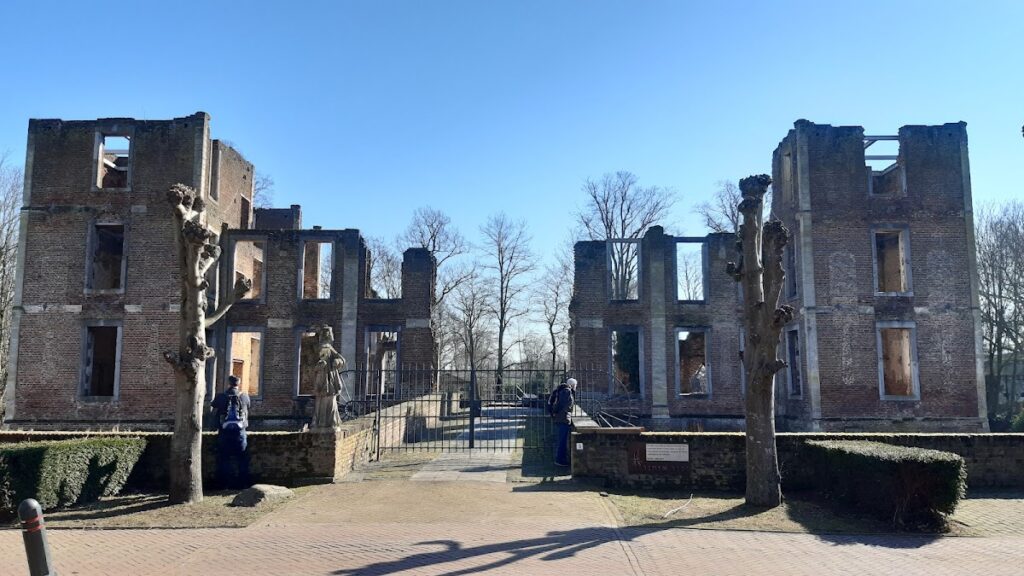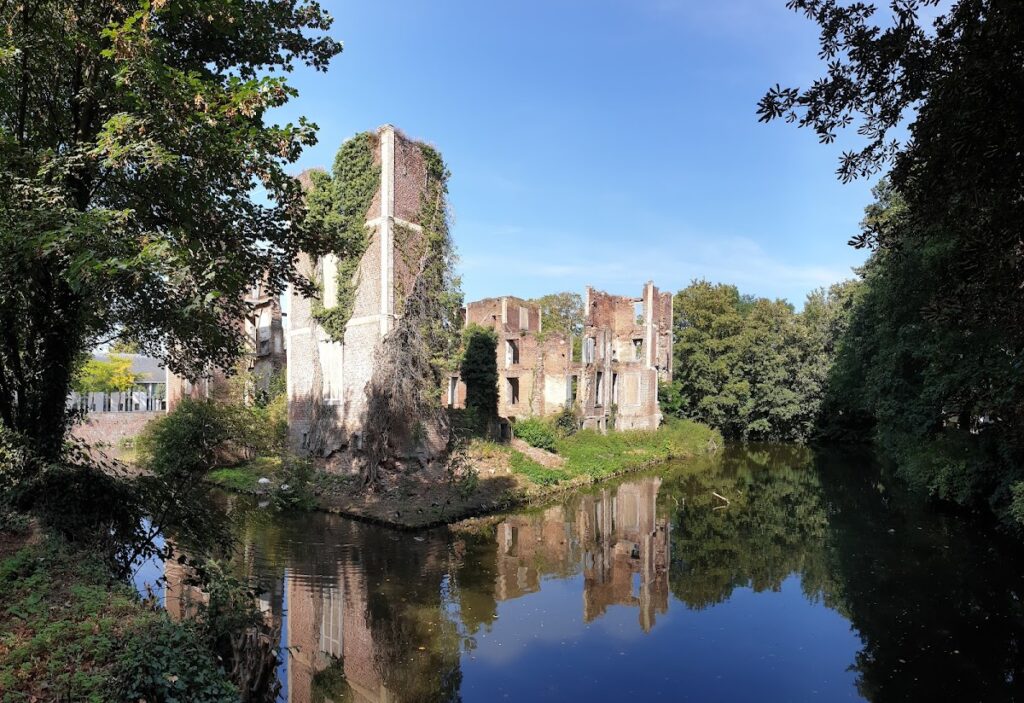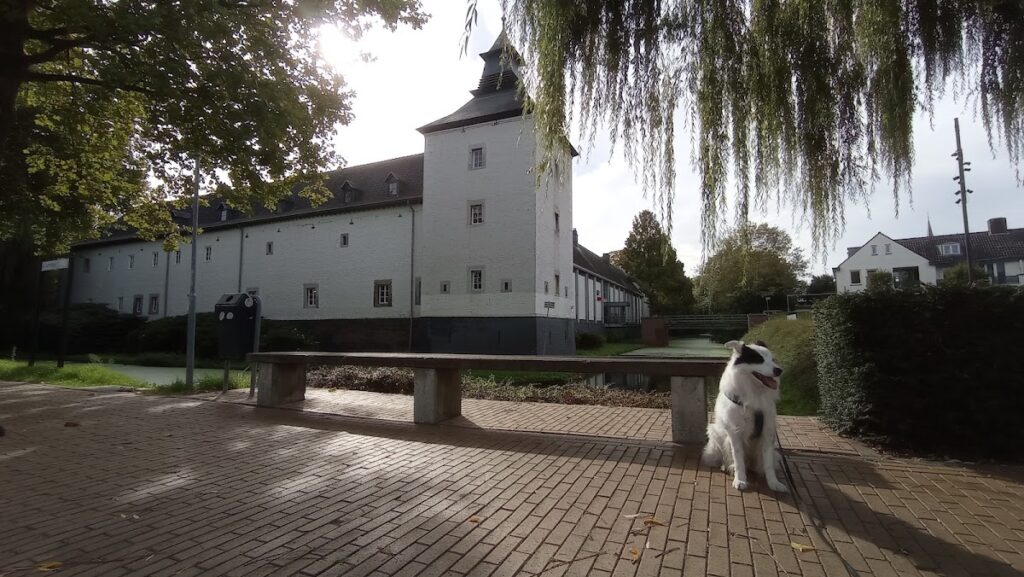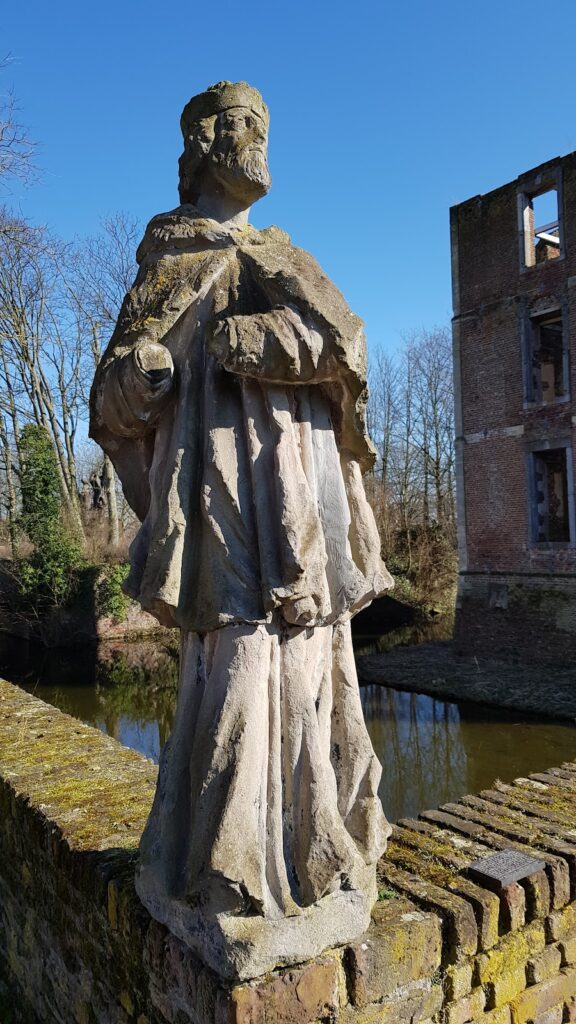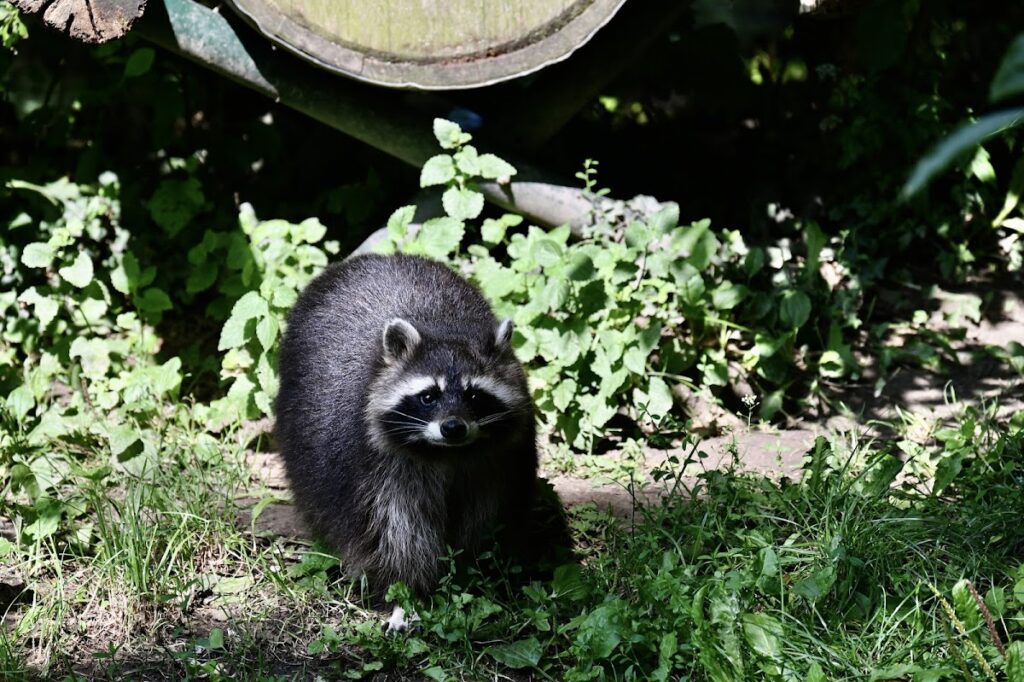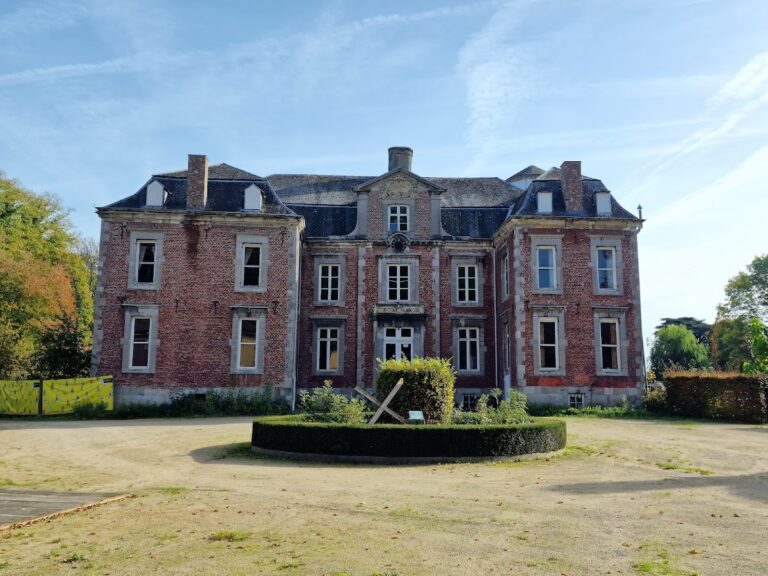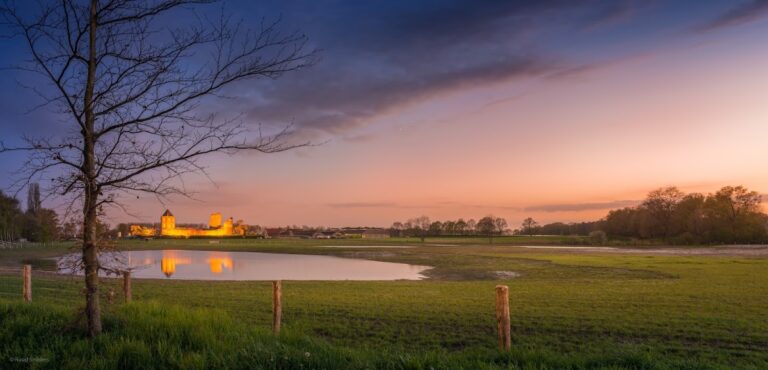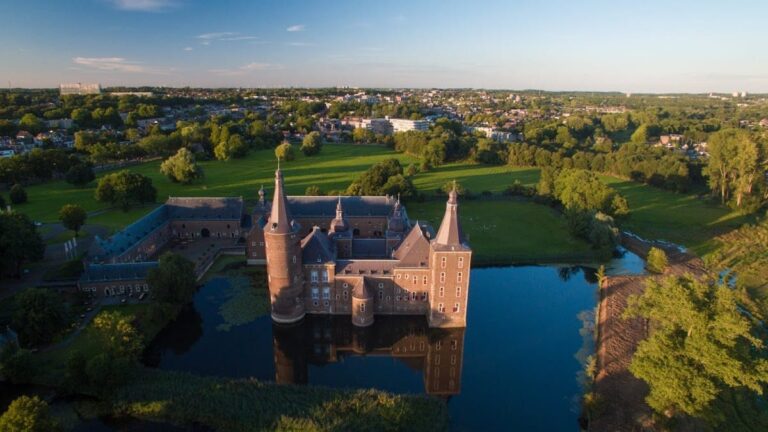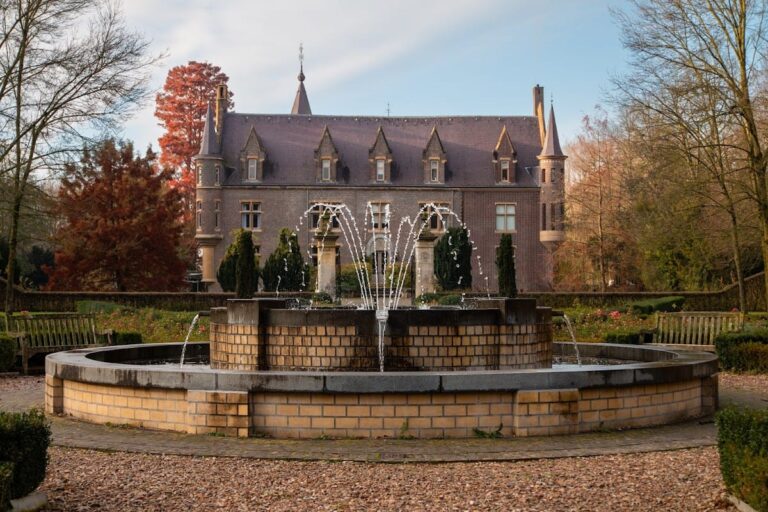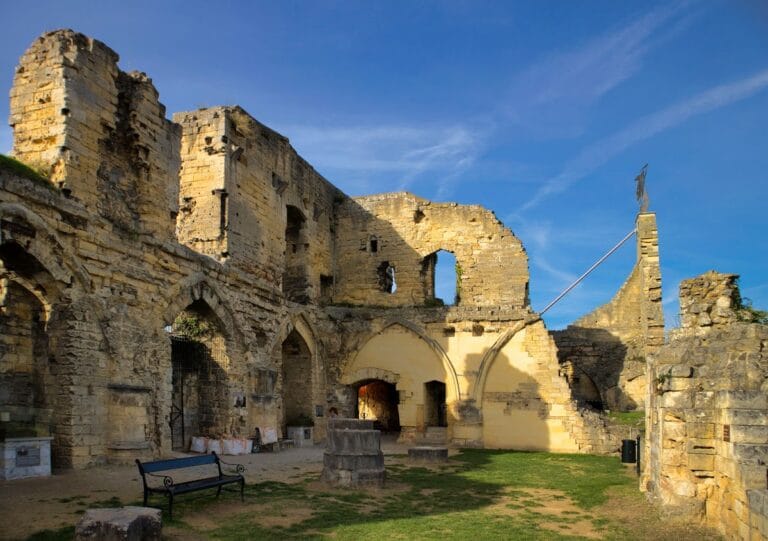Castle Born: A Historic Castle in Born, Netherlands
Visitor Information
Google Rating: 4.5
Popularity: Very Low
Google Maps: View on Google Maps
Official Website: kasteelparkborn.nl
Country: Netherlands
Civilization: Unclassified
Remains: Military
History
Castle Born is located in the municipality of Born in the modern Netherlands. Its origins trace back to the medieval period and are linked to European nobility and political shifts through many centuries.
The earliest known record of a castle at this site dates from 1150, when a fortress stood here under the ownership of Gozewijn I of Born, the first documented lord associated with the area. Shortly after, in 1154, Gozewijn sold the castle to Hendrik van Leyen, prince-bishop of Liège, who may have been the son of Hendrik I, count of Limburg and Aarlen. Over the following centuries, control of the castle passed through several noble families, including the Valkenburg-Heinsberg and Salm lineages.
A dark episode occurred in 1309 during the Poor Crusade, when the castle was the site of a brutal pogrom. Under the protection of Reinoud van Valkenburg, a group of 110 Jewish people from nearby towns Sittard and Susteren were massacred, and the castle itself was set ablaze. This tragic event reflects the intense religious and social conflicts of the early 14th century.
By 1400, the castle changed hands to Duke William III of Jülich, who acquired it from Jan van Salm. The stronghold suffered partial demolition in 1538. Briefly, the van Drimborn family occupied it before returning to the control of the van Jülich family.
In 1647, Wolfgang Wilhelm, Duke of Jülich and Berg and ruler of Palatinate-Neuburg, sold the castle ruins to Jan Arnold van Lerode, a nobleman from Heinsberg in Germany. Between 1662 and 1666, van Lerode constructed the current Castle Born, establishing a new summer residence near the original medieval foundations.
The Lerode family maintained ownership for several generations, with Frans Adam serving as the final baron residing at the castle and the last to hold the imperial count title. The old feudal privileges ended in 1795 following the arrival of French forces, and by 1800, the traditional lordships were replaced by municipalities in the region.
On March 30, 1813, Maximilian van Lerode sold the estate, including Castle Born and its mills, to Lodewijk Matheus Gilissen, an industrialist from Maastricht. Subsequent ownership passed to Hendrik de Cramer and his descendants, notably Joanna Clementina de Cramer and her sons Johannes Barbou and Henri du Puis de Watremont. After Henri’s death in 1906, the castle was managed by Jean Barbou and later by his son Etienne, who was the final resident.
In August 1930, a major fire devastated the castle’s main building and much of its valuable interior. This disaster destroyed original furnishings including chapel decorations, Louis XVI style salons, stucco panels, and marble fireplaces bearing the coat of arms of the Lerode family. Among the few surviving items was an antique cabinet treasured at the time for its high value.
Following the fire, initial efforts to rebuild the castle were abandoned. By 1937, demolition of the burned sections had begun, uncovering archaeological finds such as a well cover dated to 1553. The rubble from the ruins was repurposed to pave the driveway of a new villa on the site.
In 1956, the Barbou family sold the castle ruins to the municipality of Born. The castle remains have never been reconstructed since. Recognized for their historical importance, the ruins received national monument status in 1969.
Restoration efforts in 1989 and 1990 concentrated on the outer bailey and castle farm, including the addition of a modern central wing. These restored buildings served municipal functions, including as the town hall and later as archives and commercial spaces. To protect the remaining ruins from further deterioration, a preservation project began in 2000.
Behind the castle stands Castle Park Born, created in 1970 as a walking and animal park. The park includes historical remnants connected to the castle grounds and serves as a natural space preserving the area’s heritage.
Throughout its history, Castle Born was connected to art and culture. The builder Jan Arnold van Lerode was an avid art collector, reputed to have amassed around 600 paintings, though their fate is not documented. The castle once housed a distinctive carillon of 35 half-spherical bells, which according to records was donated in 1941 and whose current whereabouts are unknown.
Remains
The surviving remains of Castle Born form a rectangular complex dating mainly from the 17th century. The castle features four corner towers surrounded by a double moat nourished by the nearby Hondsbeek stream. This design reflects a blend of regional architectural styles from the Maasland Renaissance and the Liège-Aachen Baroque traditions.
The main building’s walls are constructed of brick, embellished with window frames made from blue stone, and complemented at the tower corners by pilasters fashioned from marl stone. Although the original pediment crowning the front facade was lost during the 1930 fire, marl stone pilasters still frame both the front and rear elevations. Once adorned with stucco decorations, these ornamental details were also destroyed by the fire.
At the base, the main structure shows a sloping foundation characteristic of 17th-century Maasland architecture, marked by block-like corner pilasters and small windows. Modifications to the upper floors, likely made in the 18th century, removed some original Renaissance features such as the typical small window openings, distinctive blue stone cross windows, and string courses—horizontal bands dividing the facade. Marl stone bands still visibly separate the floors today.
Adjacent to the main castle stands the outer bailey, originally composed of three interconnected wings arranged around a central courtyard. The northern L-shaped wing housed stables, while the central wing, damaged and demolished in the 18th century, contained additional stables and barns; this central section was replaced during 1989 renovation efforts with a modern building. The southern L-shaped wing included a coach house, a tithe barn where agricultural taxes were collected and stored, and a horse stable.
Within the bailey area is the steward’s house, built in 1784. This building features white-painted brickwork and a hipped roof topped with two decorative finials. Historically, it served as the gardener’s residence for the estate.
The castle farm, situated near the outer bailey, remarkably survived the 1930 fire intact. This agricultural building adds to the historical fabric surrounding the main castle ruins.
During the demolition of the fire-damaged parts of the castle, archaeologists uncovered an old water well cover inscribed with the date 1553, providing tangible evidence of the site’s long history.
The castle’s grounds are protected as a national monument since 1969, ensuring the preservation of its architectural fragments and surroundings.
Behind the ruins lies Castle Park Born, a landscaped area that preserves the castle’s former ornamental gardens. The park’s terrain is divided into higher and lower sections, separated by an old retaining wall designed to shield the gardens from flooding by the Hondsbeek stream.
Within the park are remnants of estate structures, including an amphitheater and an ice cellar. The latter, once used for storing ice before refrigeration, has since collapsed and found new use as a shelter for lynxes cared for within the park’s animal collection.
These features, alongside the castle ruins, contribute a rich historical and archaeological narrative to the site of Castle Born.
